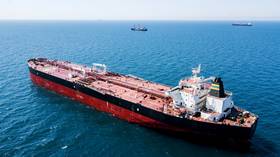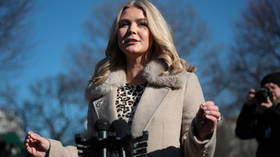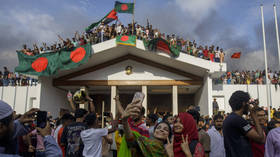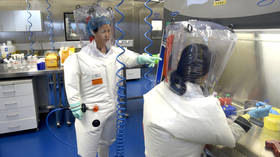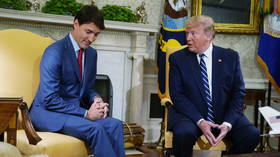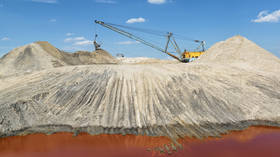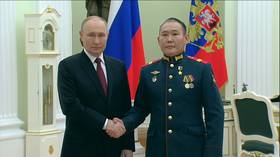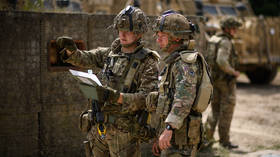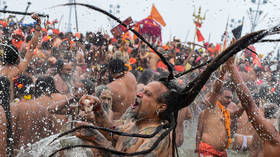NATO chief wants climate-friendly militaries
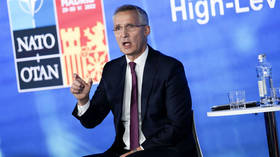
NATO Secretary General Jens Stoltenberg vowed on Tuesday to cut the military behemoth’s carbon emissions to zero by 2050 and send the soldiers of the future to battlefields in electric vehicles.
Stoltenberg spoke as NATO leaders gathered in Madrid for the alliance’s annual three-day summit. This year, the bloc will release an updated Strategic Concept – a document that outlines its mission and stance toward non-members. It will address China as a “challenge” for the first time, and in the words of Stoltenberg on Monday, “will make clear that allies consider Russia as the most significant and direct threat to our security.”
However, the NATO chief opened the summit with a meeting on climate change, and in his speech beforehand, promised to give the alliance a green overhaul.
Stoltenberg announced that NATO will reduce its carbon emissions by at least 45% by 2030, and reach net zero by 2050, via a mix of “renewables, climate-friendly synthetic fuels and more energy-efficient solutions.”
“Already today, the best new cars are actual electric cars,” he said. “And I believe that in the future, the most advanced military vehicles, and the most resilient armed forces, will be those that do not rely on fossil fuels.”
US President Joe Biden also pledged in April to “spend billions of dollars” to make every vehicle in the US military “climate friendly.” He was roundly mocked by conservatives for this suggestion.
Stoltenberg said that the conflict in Ukraine illustrates the need for the Western allies to “wean ourselves off Russian oil and gas.” However, with China set to feature in NATO’s new Strategic Concept, he cautioned that the West needs to seek multiple sources of rare earth metals, commodities dominated by China which are essential in the manufacture of wind turbines, consumer electronics, and batteries for electric vehicles.
The NATO head said the alliance already takes “account of climate change when planning our operations and missions.” These missions, he said, will increasingly take place in the “high north,” likely a reference to the Arctic regions north of Scandinavia, where NATO already holds regular exercises near Russia’s borders.
Prior to the Madrid summit, Stoltenberg announced on Monday that NATO would increase its number of high-readiness troops from 40,000 to “well over 300,000.”
